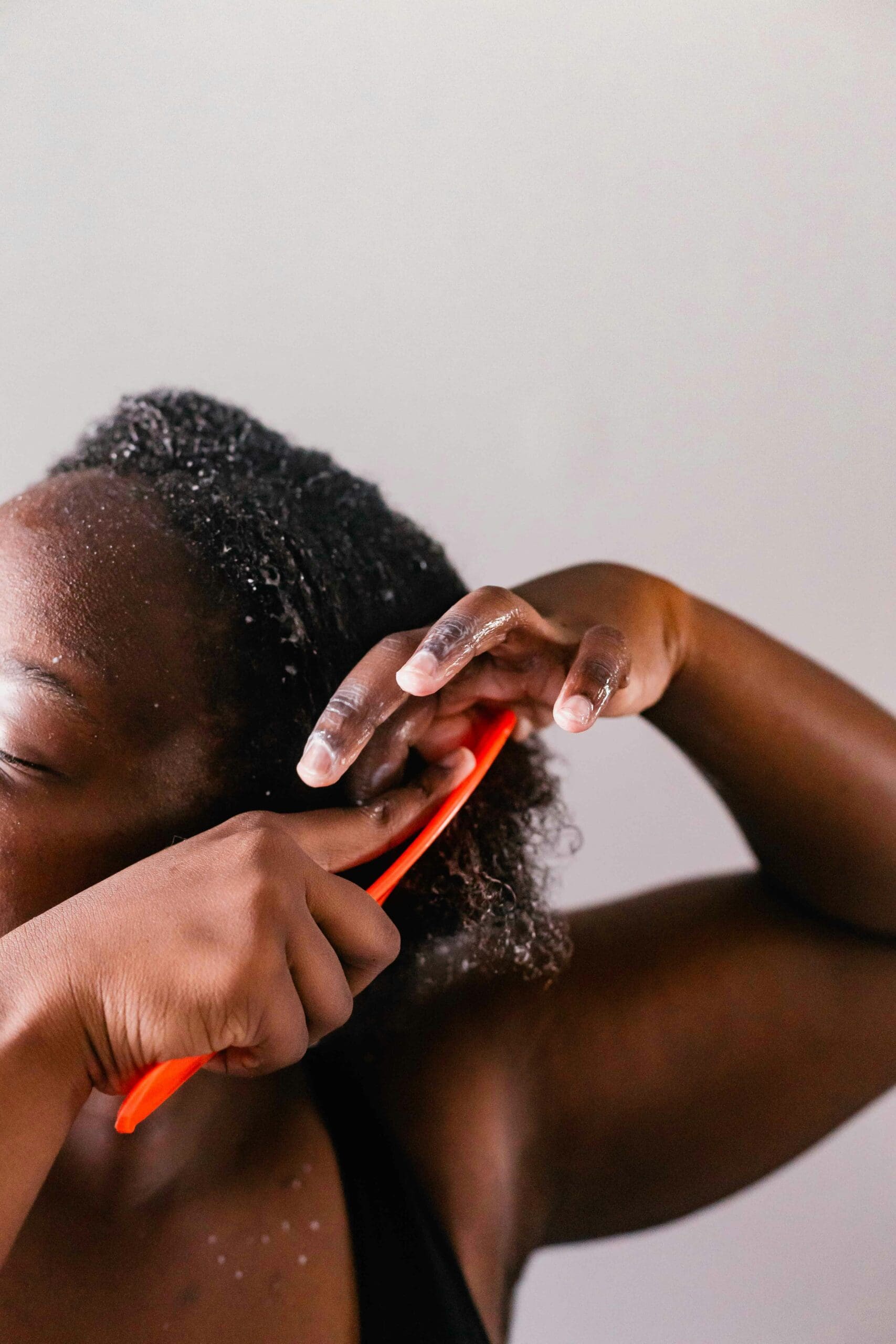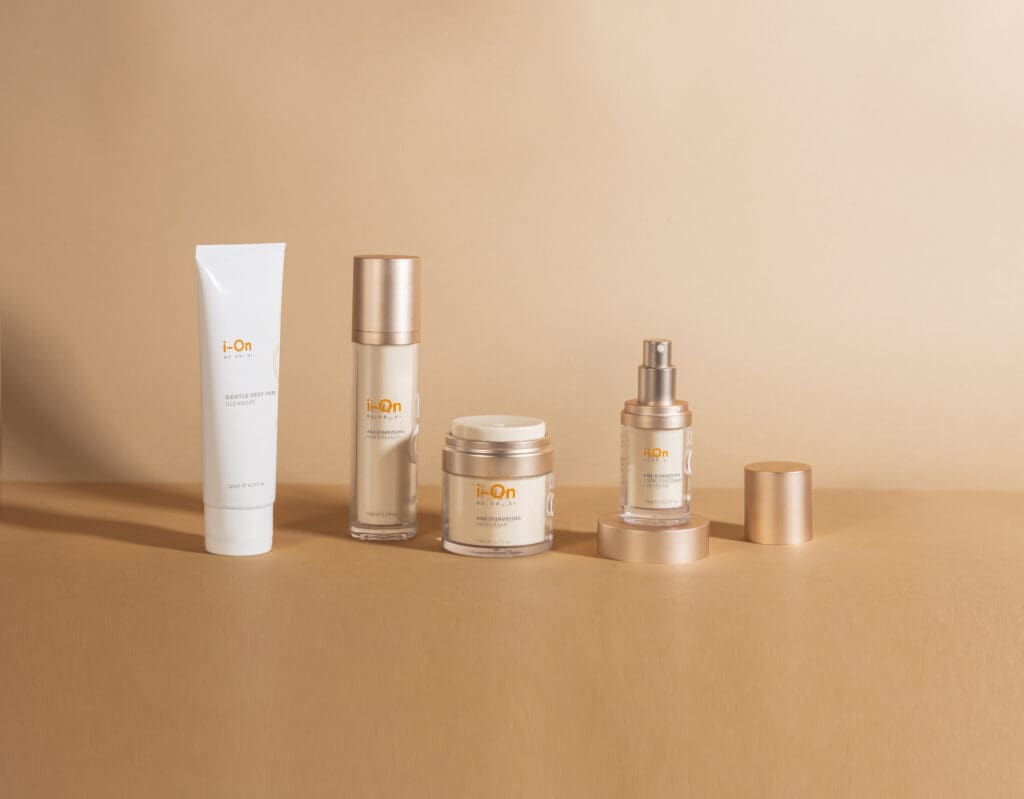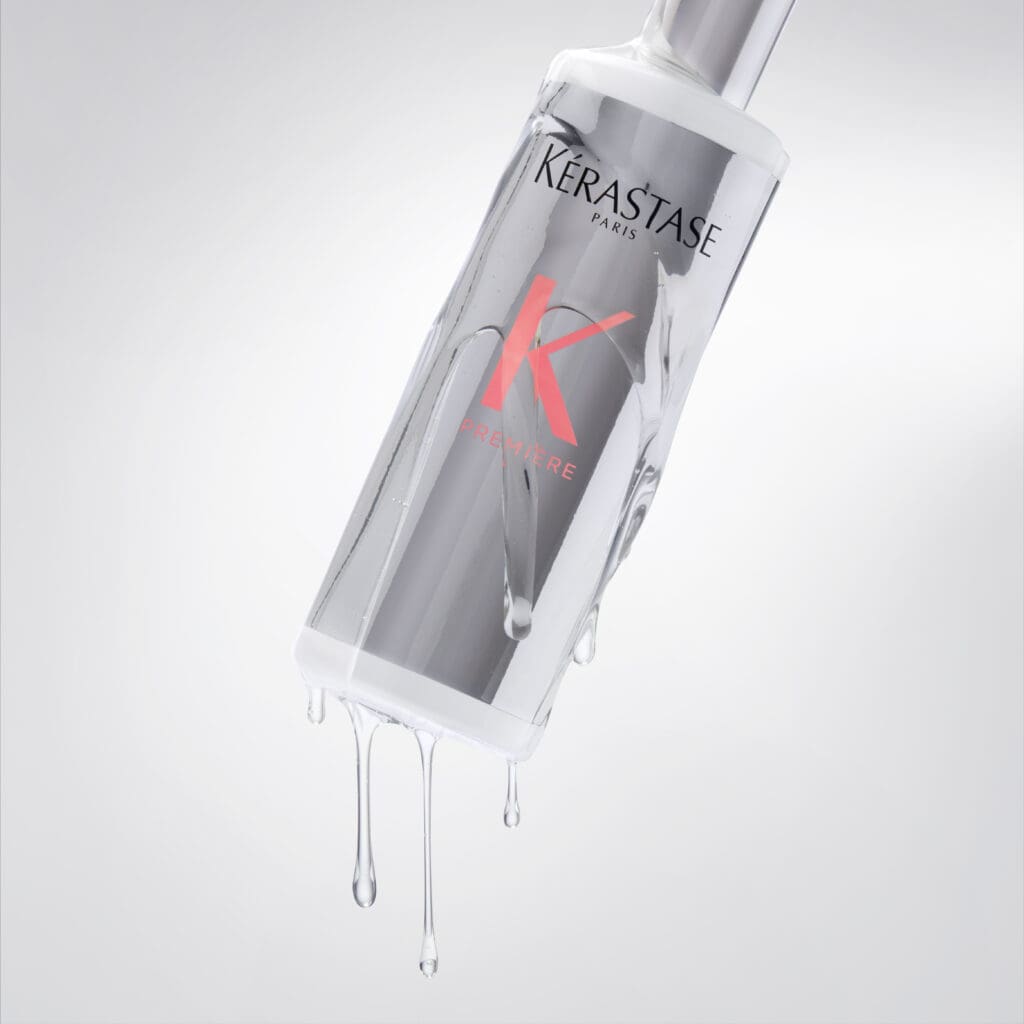Sometimes it seems like everything is out to get us: the sun, our food, our computer screens. Now, apparently, we need to be concerned about metals. L’Oreal Professionnel launched its Heavy Metal range a couple of years ago but, until recently, we were never quite clear on what they were supposed to do for our hair. Hazel Aperocho, an educator for the brand explains: “Metals like copper, magnesium, iron and calcium will accumulate over time, causing the hair to feel dry, brittle and susceptible to damage during professional salon treatments.” The metals—iron and copper—mostly come from water. Some areas on earth have naturally high levels in their supply, and if you live in an older house with copper piping, metals can also enter the water that way.
Carin Freidag, brand education leader for Clairol, says that metals absorb particularly well into areas of hair that are damaged and therefore more porous—damage could be from chlorinated pools, heat damage, chemical processes like dyeing and perms, and brushing. “It’s the length of the hair also,” she says. “If you have chin-length hair, it’s not so old, whereas long hair might be three, four or five years old, so it’s inevitably more damaged than your roots.”
Metals can get into our skin from air pollution, as compounds of them are in exhaust fumes. Dr. Xi Huang, founder of beauty brand I.on Skincare, says iron and copper can also come from within us. “In the 1960s a doctor did some research where he injected radioactive iron into the blood and then tracked where it went over the subsequent 100 days. He found that two-thirds of it is excreted through the skin.” Dr. Huang argues that many people who use dietary supplements don’t actually need to—particularly women past menopause—and that the excess iron we consume can actually be harming us.
In hair, Freidag says metal deposits in hair react with the chemicals in oxidative hair colour (in other words, demi and permanent dyes) and that can impede the effect of the dye: it will not be able to penetrate into the cortex, so it won’t lighten as much as it should, or cover grey well. That manifests as hair colour that is uneven in tone or fades more quickly than it should. Aperocho from L’Oreal says it can also feel hard or coated, get a greenish cast, be dry, brittle and breakage prone or lose volume. One way to tell if you have metal deposits in your hair is if the foils warm up during highlighting services.
Whether metals come from inside the body or the air pollution around us, they’re causing free-radical damage to skin, which manifests as signs of aging. Dr. Huang describes iron as the silent aging accelerator. “Iron residue outstays its welcome, persisting for over two months on skin, far beyond the 26-day cellular turnover rate,” he says. “This lingering presence acts as a beacon for oxidants, particularly when it’s compounded by the iron oxides found in many makeup products.” What does it actually do to skin? “It can cause wrinkles, fine lines, thinning skin, sagging and so on,” he says. “It can also make age spots and liver spots look worse because the iron protein, ferritin, is brown, and dark circles can look more pronounced.”
One method of mitigating the effects of metal is via chelation: a chemical process where chelating agents bond to metal ions. Clairol’s Nice ’N Easy Pure Brunettes range has Detox+Pure technology, which contains chelating agents that bond with the metal deposits on hair to mitigate their effects. Freidag says the difference in using a hair dye with a chelating agent versus one without is obvious. “Customers will notice that the colour looks great from roots to ends and hair will feel silky even right after rinsing out the colourant, when with other home colours it can feel ratty and not smooth.” Since Clairol’s home dyes come with a 55ml tube of conditioner, you can use that to preserve your colour till its next dye.
L’Oreal Professionel’s Metal Detox range also has a molecule called glicoamine—a combination of a chelating agent with an amino acid that can penetrate the hair’s cortex to neutralize metals. In-salon, you can have a four-step protocol of Metal Neutralizing Pre-Treatment Spray, Anti-Metal Cleansing Cream (a shampoo that’s also available at home), Professional Care (conditioner) and Professional Mask. There are also protective leave-ons: an Anti-Metal High Protection Cream and an Anti-Deposit Concentrated Oil. And, Aperocho says, these aren’t only useful for people with dyed hair, since anyone with damage from heat styling can experience problems—albeit to a lesser extent than those with coloured hair.
You can, too, get skincare products with chelating agents (look for ingredients like tetrasodium EDTA and tetrahydroxypropyl ethylenediamine on labels), as well as use products with antioxidants to neutralize the free radicals that affect skin. Dr. Huang says his products go even further. “Why fight a losing battle with antioxidants when you can prevent the war altogether?” he asks.
By background, he’s a toxicologist who worked in occupational medicine, specifically studying black-lung disease, which affects miners who are exposed to inhaling coal dust, a component of which is iron. He observed that miners on the east coast of the U.S. had a high incidence of black-lung disease, whereas those on the west had a lower incidence. This, he says, is because the west-coast mines also have calcium carbonate in them, which stops the metals from being biologically available to the body. “I created a patented technology called deironizing inducer technology, which is a combination of vitamin C and calcium carbonate,” he explains. He says the vitamin C releases iron from ferritin—think of how you are told to take iron with vitamin C when you want it to be absorbed better—while the calcium carbonate absorbs the metal. His range contains cleanser, emulsion and moisturizer, and he plans to launch an ingestible product later this year.
“People think it’s a question of the more iron the better, but that’s not the case,” he says. “There’s this North American idea that you should take supplements, that iron will make you strong, but the reality is that if you have a health check and your haemoglobin is normal, you’re fine—and that extra iron might actually not be good for you at all.”
Scale Back
Calcium carbonate may be an important ingredient for removing iron from skin, but it has the opposite effect on hair. It’s the chemical name for limescale, the chalky substance that can be deposited on hair and even penetrate the keratin layer. Over time, that makes it brittle and prone to breakage. A new product from L’Oreal and a range from Kerastase promise to tackle this. L’Oreal’s Clarifying & Restore Shampoo has antioxidant vitamin C to remove residue and an amino acid called glycine to repair, and is suitable for coloured hair. Kerastase’s Première collection, which comprises pre-shampoo, cleanser, conditioner, mask, serum and repairing oil, uses citric acid to take care of the buildup and has glycine, plus peptides to seal the surface of the fibre. —Aileen Lalor




Be the first to comment